The Intricacies of Borneo
In this environment, many types of organisms coexist, leading to a dizzying array of interactions: adaptation, competition, cooperation, and deception.
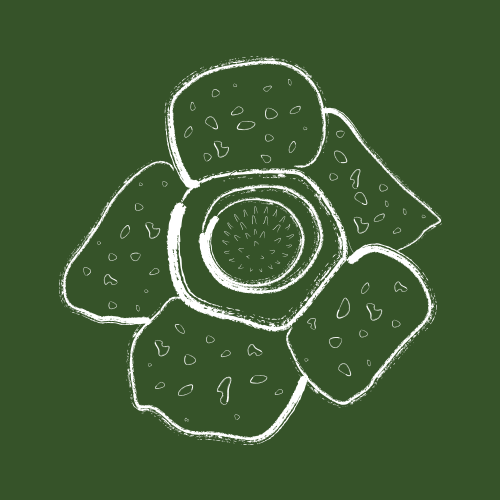

Partnerships among organisms may be more calculated than we imagine. Think of them as two ends of a scale, with the weights the benefits to each partner. Mutual benefit allows partnerships to stably develop, while unilateral benefit brings instability due to deception.
In the natural world, energy and nutrients acquisition are important to the survival of organisms. Do some organisms resort to stealing to obtain them? Or initiate a “hostile takeover?”
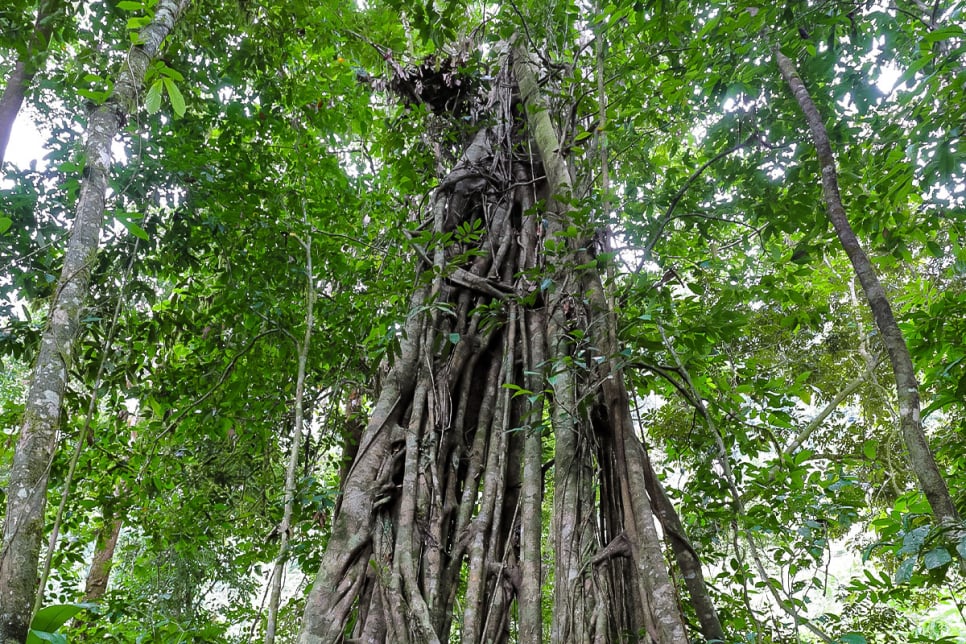
In the dim tropical rainforest, epiphytes can be found on large trees, where they are able to receive sunlight. However, there is one type of epiphytes that is more complex! Once members of the genus Ficus (Moraceae) grow, their twisted and gnarled aerial roots tightly coil around a large tree, which becomes an innocent victim as the epiphytic Ficus takes over.
Strangler plants
/ by Ching-Chen Shen
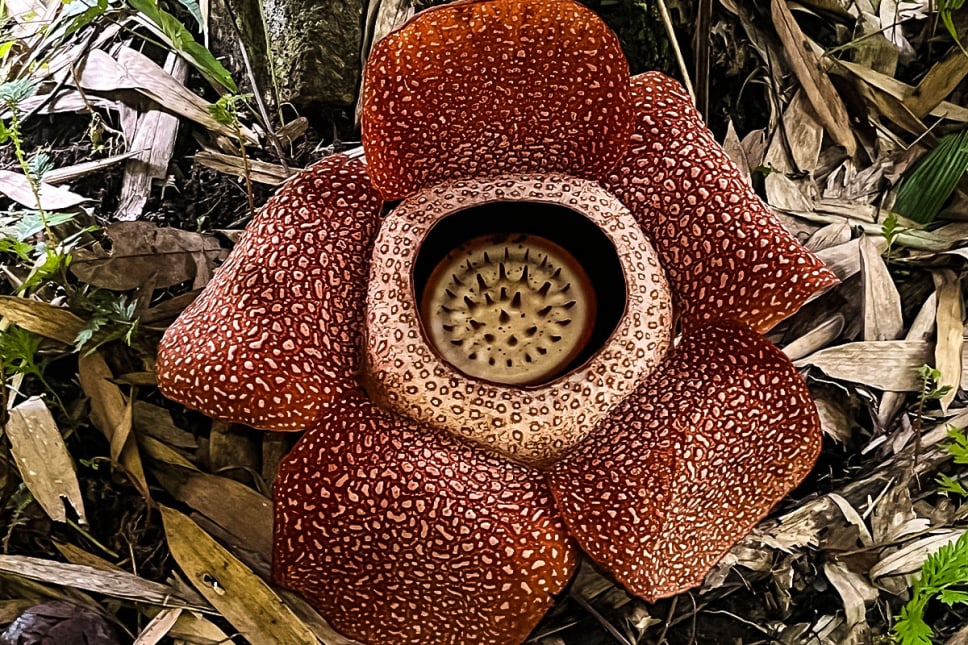
On the forest floor, it is so dark that you almost cannot see your hand in front of you. In addition to shade-loving plants that actively capture any bits of light, there is a group of plants that instead of working hard “borrows” from their neighbors.
Members of the genus Rafflesia are probably the most unique parasitic plants in the understory of Borneo’s rainforests. They have no roots, stems, or leaves. Except when in bloom, they embed themselves into their hosts in the family Vitaceae. This genus is noted for producing the largest flowers in the world, which emit a putrid odor that attracts carrion flies to assist with pollination.
Rafflesia keithii / by Meng-Ying Tsai
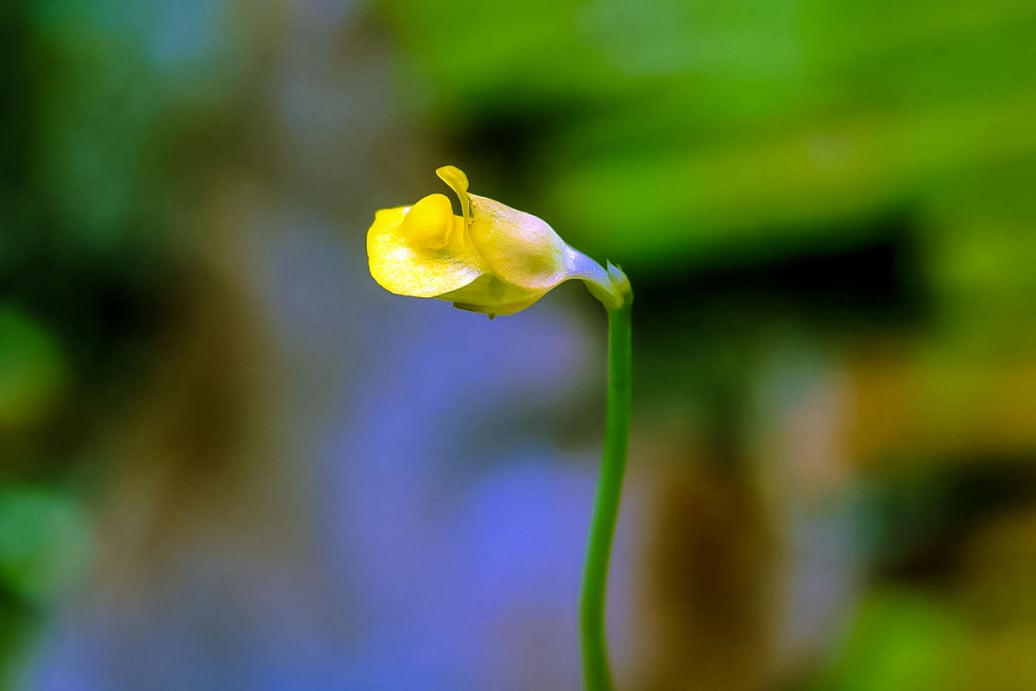
In an environment where there is much rainfall and nutrient-poor soil, carnivorous plants have transformed from passive to active, with the development of unique leaves or coloration and wavelengths favored by their prey. Employing techniques, such as secretion of sticky substances, traps, and suction, they package themselves as sweet traps to attract their prey.
However, are there some carnivorous plants on Borneo that have developed intriguing partnerships with animals?
Utricularia sp. / by Ching-Chen Shen
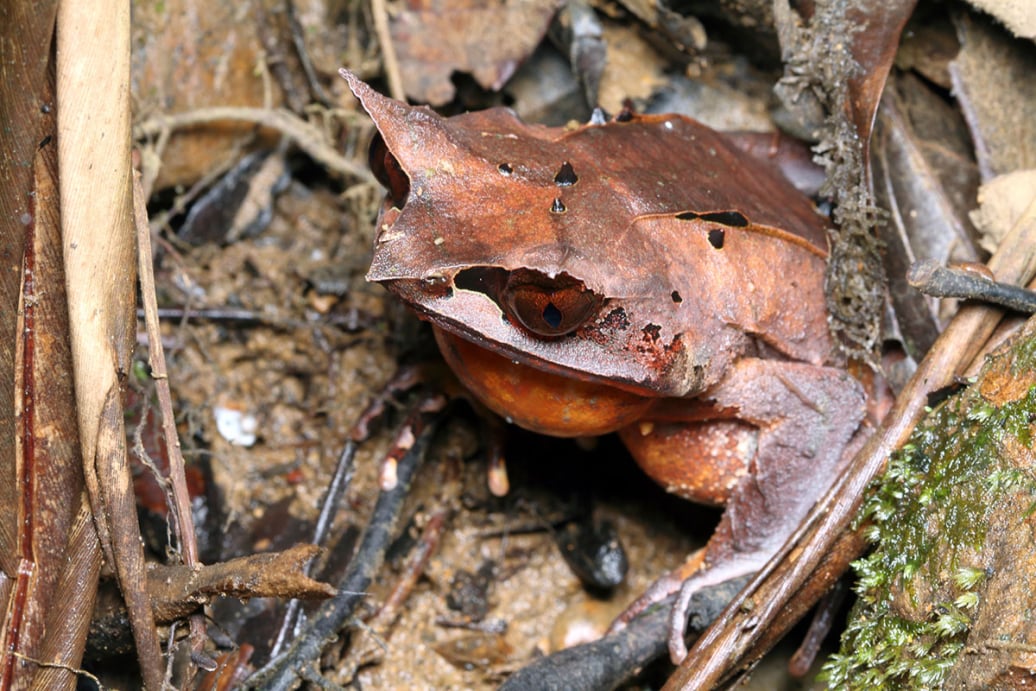
Among organisms, there are various forms of "copycats". Some blend into their environment for camouflage, while others imitate each other. The purpose is to find a way to survive in a competitive world.
Megophrys nasuta / by Ching-Chen Shen
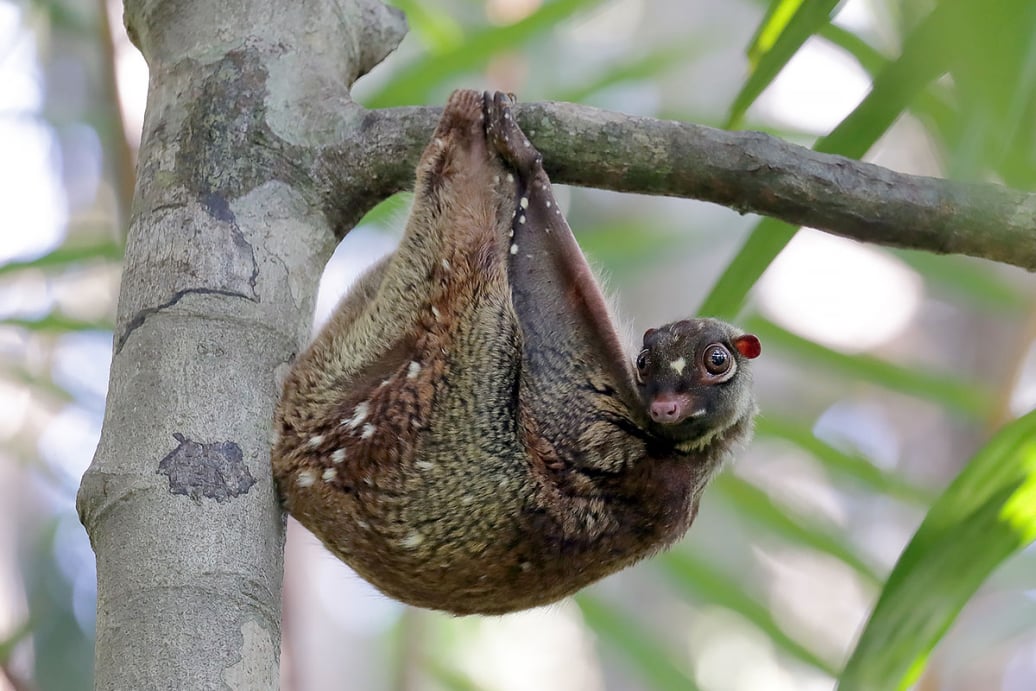
In Borneo’s tropical rainforests, there is perhaps the most diverse group of gliders in the world. Gliding differs from flight, as seen in birds, which cannot flap their wings to generate thrust or change direction or height. Instead, they have specialized skin, skin flaps, webbed feet, or flat bodies, which enable them to easily move through the canopy, thereby reducing the time and energy needed to climb up and down.
Galeopterus borneanus / by Ching-Chen Shen

National Museum of Prehistory
Center of Austronesian Culture in National Taitung University
Forestry and Nature Conservation Agency, MOA
Taiwan Biodiversity Research Institute, MOA
Fengshan Tropical Horticultural Experiment Branch, Agricultural Research Institute, MOA
Xianglin Community Development Association, Manzhou Township, Pingtung
Taiwan Architecture & Building Center
2024.05.03 - 2024.11.15
The 1st Exhibition Gallery;
The Sunshine Pathway
National Museum of Natural Science (NMNS)
The Society of Wilderness (SOW)